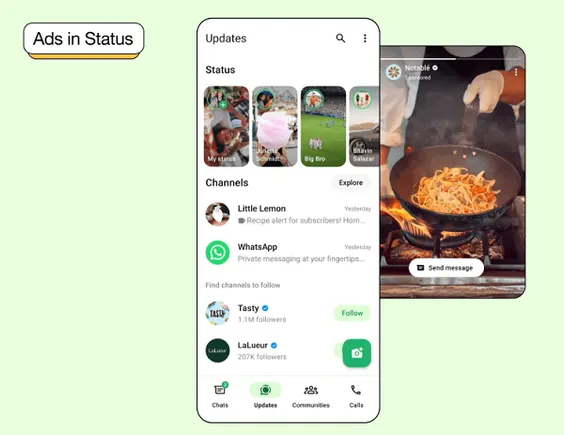The humble henna plant, famed for its vibrant dye, could hold the key to healing scarred livers. In a new study, researchers have found that its active compound, lawsone, may stop and even reverse liver fibrosis.
Chronic liver injury – from toxins, viruses, or alcohol – can cause a buildup of scar tissue, referred to as liver fibrosis. The main culprits behind this scarring are hepatic stellate cells (HSCs), normally quiet cells that, when activated by stress or inflammation, start producing large amounts of type I collagen, the main scar protein.
While there are currently no effective drugs that directly stop or reverse liver fibrosis, researchers from Osaka Metropolitan University, Japan, may have found one in the form of henna, which is probably best known as a natural hair dye or as the dye used by various cultures to create elaborate, temporary tattoos.
They screened 1,880 chemical compounds using lab-grown human HSCs to see if any could lower the activity of a collagen-producing gene, COL1A2. From this, they identified lapachol, as promising, then focused on similar compounds. Lawsone turned out to be the most effective and least toxic. Lawsone’s the red-orange dye present in the leaves of the henna plant, Lawsonia inermis.
The researchers tested lawsone on human and mouse HSCs, as well as fibroblast cells, which produce collagen and other fibers. They measured levels of ⍺SMA, a marker of HSC activation; CYGB, a protective protein that prevents oxidative damage; and changes in collagen gene expression. They also looked at the Yes-associated protein, or YAP, signaling pathway, which is known to trigger HSC activation. Mice were given chemicals to induce liver fibrosis, then treated with lawsone. The researchers then checked liver tissue under the microscope, liver enzyme levels (ALT, a marker of liver injury), and fibrosis-related gene injury.
In both human and mouse cells, lawsone lowered ⍺SMA and collagen levels, while increasing CYGB. It also reduced two proteins, HSP47 and TIMP1, which promote fibrosis. The effect remained strong even when cells were stimulated with TGFβ, a major fibrosis-triggering molecule.
Lawsone-treated mice had much less collagen buildup, lower liver enzyme levels, and visibly healthier liver tissue. Lawsone-treated livers showed lower expression of YAP and ⍺SMA, confirming its antifibrotic action. While lawsone reduced YAP protein levels, it didn’t affect YAP’s genetic expression, meaning it promoted YAP degradation. When YAP was artificially increased in cells, fibrosis markers went up, but lawsone could reverse this effect. This shows lawsone works by blocking YAP’s pro-fibrotic effects and inducing CYGB, which seems to act independently of YAP.
The study authors note some limitations. The exact mechanism of how lawsone decreases YAP protein levels remains unclear. The study was done mainly in cell cultures and mice, not humans, so clinical safety and dosage need testing. Although lawsone was less toxic than similar compounds, high doses could still have side effects. And, the authors note that delivering lawsone directly to liver stellate cells will be essential for safe therapy.
“We are currently developing a drug delivery system capable of transporting drugs to activated HSCs and ultimately hope to make it available for patients with liver fibrosis,” said the study’s corresponding author, Tsutomu Matsubara, PhD, a professor at the Department of Anatomy and Regenerative Biology at Osaka Metropolitan University. “By controlling fibroblast activity, including HSCs, we could potentially limit or even reverse the effects of fibrosis.”
The study was published in the journal Biomedicine & Pharmacotherapy.
Source: Osaka Metropolitan University








